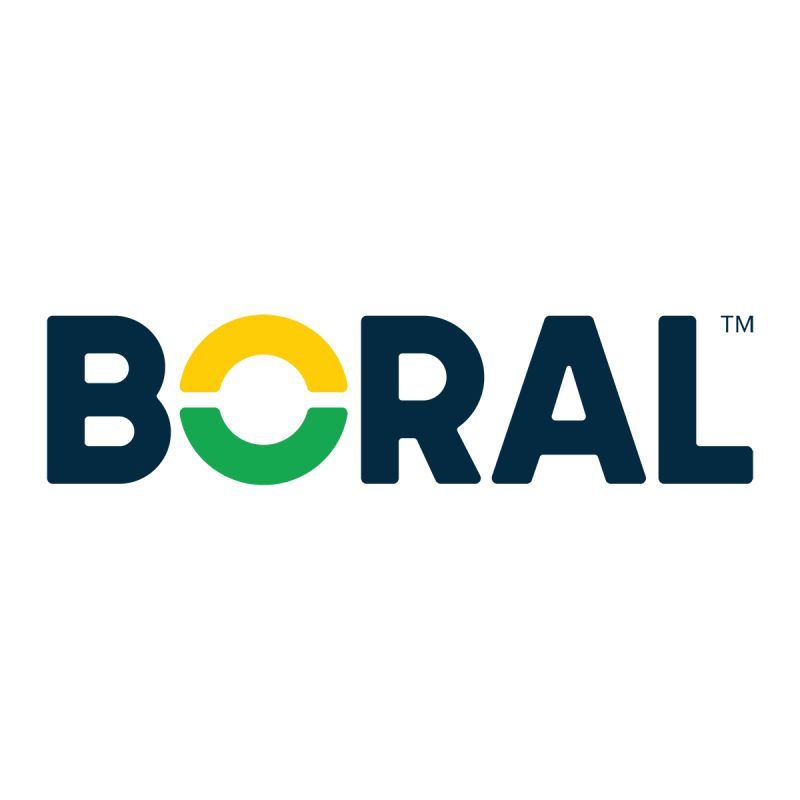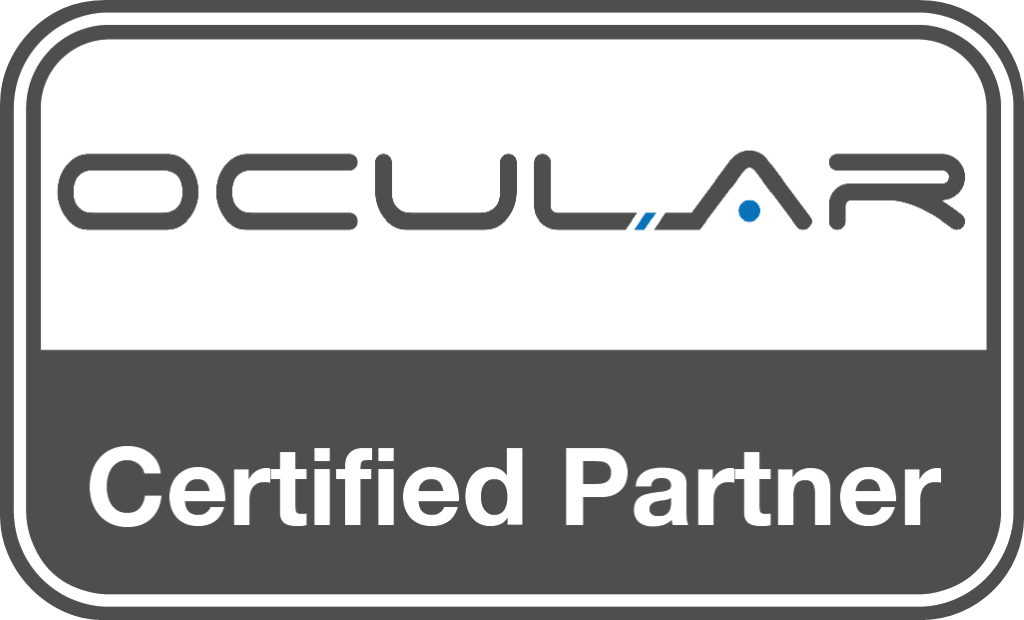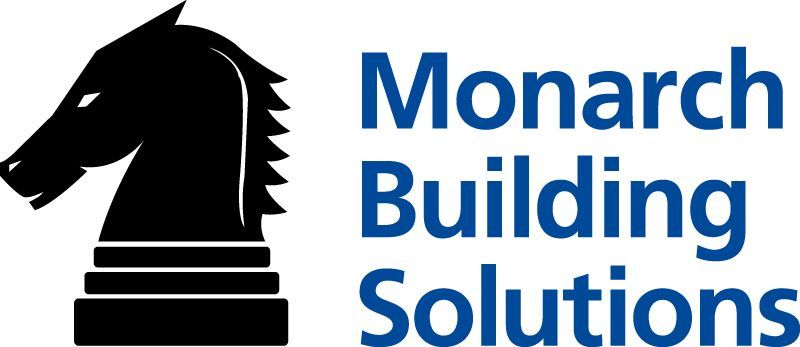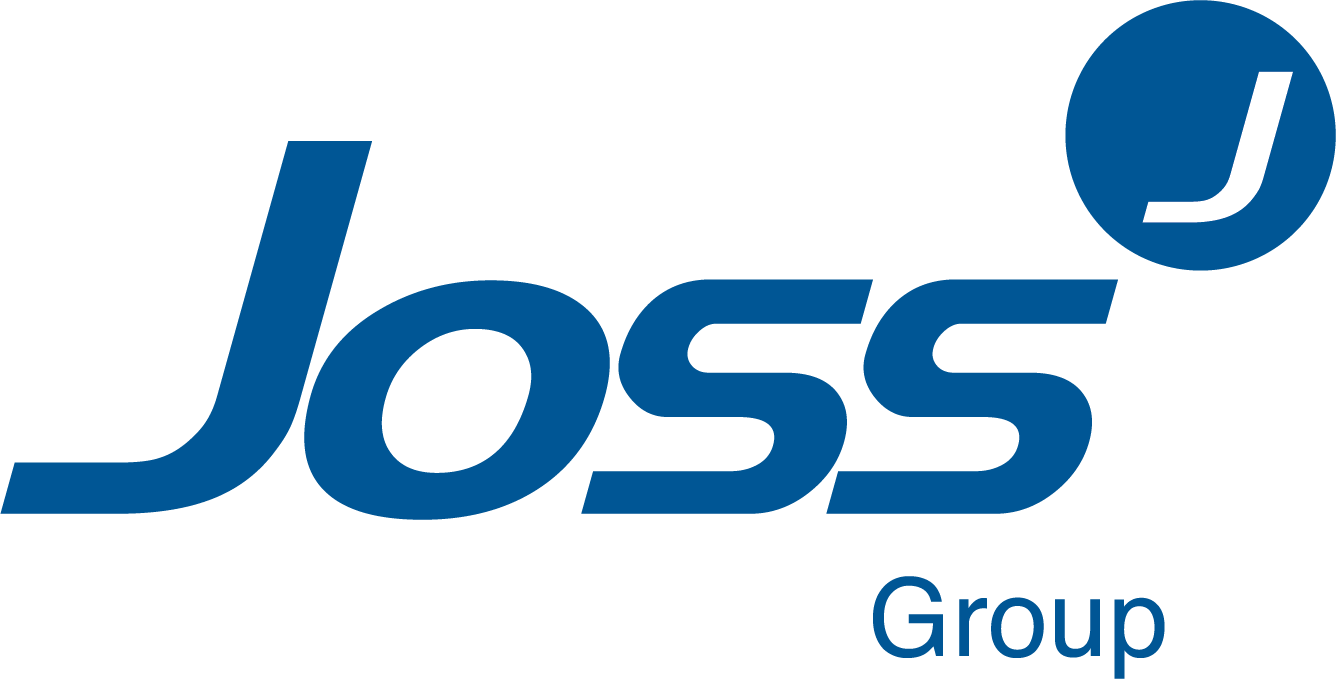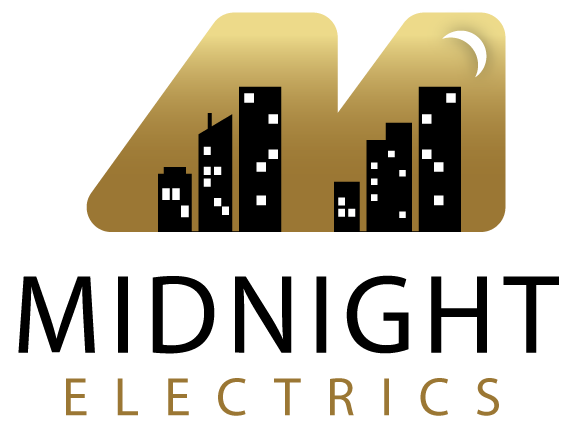The Difference Between DC and AC Fans
Normally when you purchase your own ceiling fan you might not notice an unassuming yet major detail – electric current. DC (Direct Current) and AC (Alternating Current) are both used to
supply power to electrical devices – in this case, a ceiling fan – but what difference does it make? Why do we have to watch out for AC and DC? What benefits do both currents have, and are there disadvantages to them? We help you decide, based on the difference Between DC and AC Fans.
The DC Fan – Advantages and Disadvantages
Because DC fans provide uni-directional power from a source (like a transformer), they are more efficient when it comes to power consumption. A ceiling fan with a DC motor consumes as much as 70% less energy than an AC one, and both produce the same power. If you want to save on your monthly utility bills, a DC ceiling fan is a great option. Additional benefits include:
- Eco-friendly
- Up to seven speed fan options (versus only three settings from AC fans)
- Less bulky and a more sleek look
- Lightweight and has greater torque (a higher torque means greater initial power and less energy consumption)
- Easier wiring and installation
- Virtually silent and operate with almost no noise
- DC fans have remote controllers with settings for both warm and cold weather conditions (to control air flow)
With these advantages comes a few lapses with DC fans. As they’re a new technology that just came out in 2016, they aren’t cheap. DC fan prices can go up to more than $200. And because they mostly come with a remote controller, you may easily lose it or break it, or batteries might suddenly run out. Wall controllers are also a thing with DC fans, but they cost extra.
The AC Fan – Advantages and Disadvantages
A ceiling fan with an AC motor uses power supplied directly from your wiring, instead of it converting power like DC fans do. While they consume more energy than a DC fan, they don’t use much energy compared to home appliances.
And because they’re of older technology, they come cheaper and they’re easier to maintain. Calling an electrician to have it repaired or installed won’t be a tight deal for your pocket.
As AC fans have been out in the market for several years, you won’t have a hard time browsing for one. AC fans come in a range of models, brands and options that suit your specific needs.
But because AC strongly depends on your power source’s amplitude and frequency, speed options are limited. Another disadvantage to AC motors is how they can be noisy even at low speeds. Fans with AC motors also perform better when they’re bigger, as they need electronic components to work properly.
So, what’s better?
Ultimately, it depends on your specifications and needs. If you’re looking for a quiet ceiling fan that consumes less power, go for a DC fan. If you’re working within a budget and don’t mind the bulk and the noise, an AC fan would work best for you.
If you are still unsure as to what type of ceiling fan you should choose, Baycoast’s professional and friendly customer service team is ready to help you. With our vast knowledge in all things electrical, you won’t ever have a hard time choosing what’s right.


